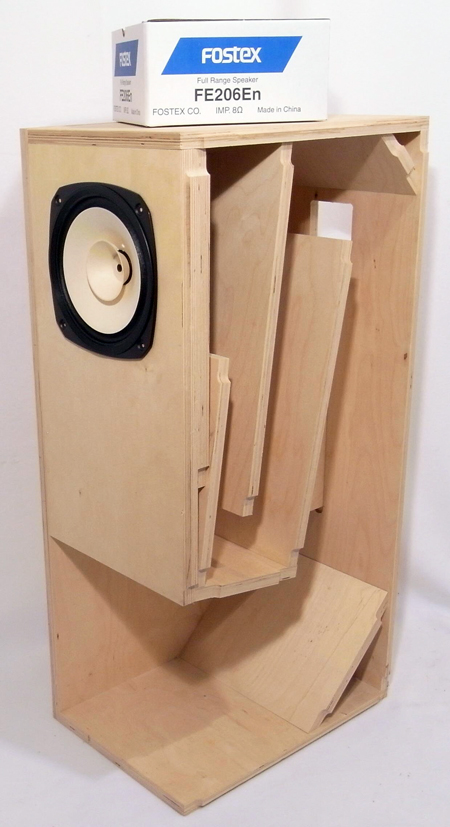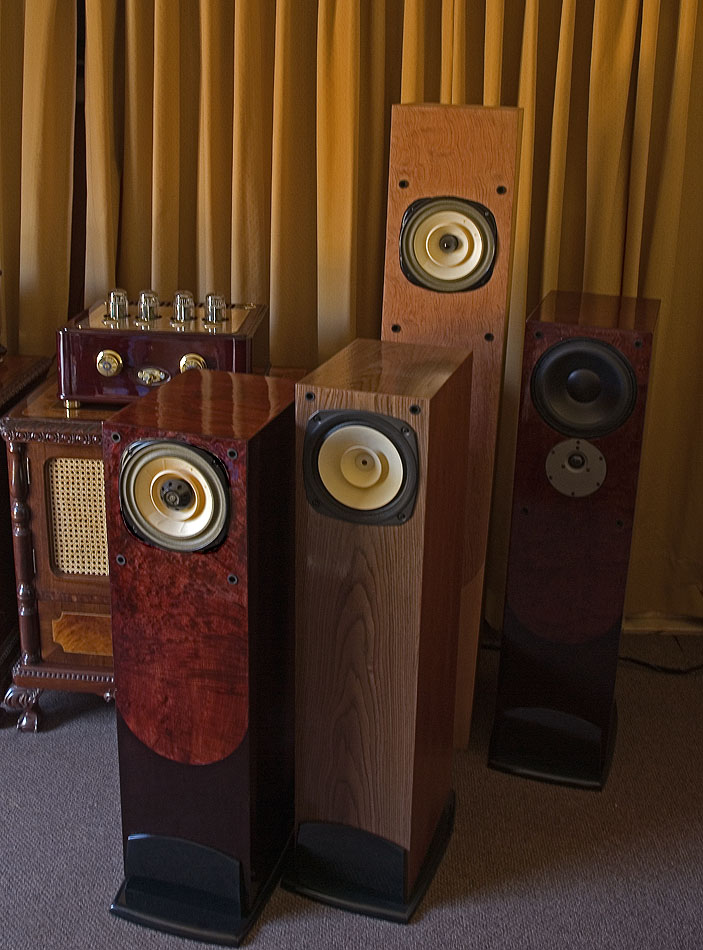Fostex Fe206en Full Range Speaker Driver

Aug 12, 2017 - I have built a number of single full range driver speaker systems. IME, you can get much more performance from the FE206en in a BLH style. Jan 10, 2018 - Main profile of the Audrey rear-horn-loaded single-driver full-range loudspeaker system. Fostex FE206En 8' Full-range Driver. Fostex FE206E.
Modifications and Tweaks - Fostex FE206E and FE206En Fullrange Driver There are many great modifications and tweaks for the and the newer. Duct sizing excel program. Some examples of the simple and inexpensive modifications which can be made to these drivers are described below.
For those who don't want to permanently alter the fullrange speaker driver, the modifications are reversible. The modifications and tweaks are generally focused around the idea that the light-weight stamped steel chassis can 'ring' and at reducing sound wave reflections, particularly those directed towards the thin paper cone. These modifications and tweaks are suitable for the Fostex (FE166En, FE206En, FF165WK, FF225WK) drivers and can likely be applied to similar speaker drivers that also use a stamped steel chassis. For the small Fostex fullrange drivers see the page on. Photograph 1: Adhesive cement, Fostex FE206E fullrange driver, cotton felt, duct seal putty. Fill Gap between Chassis and Motor with Duct Seal Putty Fill the open gap between the motor (magnet) and the chassis (frame) using duct seal. The duct seal will help dampen potential ringing.
You should be able to find the duct seal in the electrical section of your hardware store and a block should be under $5 (Photograph 1). Electrical duct seal is a non-hardening sealant that adheres to metal, masonry, wood or plastic. Photograph 2 shows an example of using duct seal to dampen the open gap between the motor and the chassis. Check the improvement for yourself by tapping the speaker chassis with a screw-driver before and after the modifications and listen to how much quicker the ringing fades away. Photograph 2: Duct seal putty used to dampen gap between the motor and the chassis.
Apply Dampening Material to Spokes of Speaker Chassis Apply a pliable or rubber like material to the spokes of the chassis to help further dampen against ringing. You can use materials like duct seal (described above) or similar to. Mark uses a similar bituminous aluminium foil to dampen the driver frame in his.
In this modification example I used Blueskin SA which is a self-adhering membrane consisting of a SBS rubberized asphalt compound laminated on a blue polyethylene film. Adhesive contact cement (rubber cement) was used to glue the blue polyethylene film sides together (Photograph 3). This makes a thick damping strip with self-adhering asphalt on both sides.
Photograph 3: Blueskin self-adhering rubberized asphalt membrane. The paper peels away to expose the sticky asphalt compound. Apply the Blueskin self-adhering rubberized asphalt membrane to the spokes of the speaker chassis (Photograph 4). Again, you can quickly check the damping improvement by tapping the chassis with a screw driver and listening for how much quicker the ringing fades away.
Photograph 4: Speaker spokes dampened with rubberized asphalt. Use Sound Absorbing Material on Reflective Surfaces In order to achieve high sensitivity, the Fostex FE206En driver uses low mass cones constructed from thin paper. Beery vmi scoring manual pdf - free software and shareware. As a result any sound on the rear side of the speaker cone will be easily transmitted through to the front side of the cone and into the listening environment (this is a contributor to midrange shout).

For this reason you will want to cover the large surface of the magnet which will reflect sound waves. Ideally you will want to use a thick material that will absorb sound waves. Wool felt is a common recommendation, but can be expensive. My preference would have been to use a upholstery felt (Photograph 5), but due to availability, the best I could do was a 50/50 cotton/acrylic felt, 3 mm thick.
To make a nice thick pad, use rubber cement and glue two or three felt pieces together (Photographs 1 and 4). Photograph 5: Cotton upholstery felt. The spokes of the driver chassis are reasonably large so it is suggested to use felt material to line the inside of the spokes directly behind the speaker cone (Photographs 5 and 6). The idea is that the felt will reduce reflections off the metal spokes back towards really thin paper cone. Photograph 6: Cotton felt used to cover reflective surfaces.